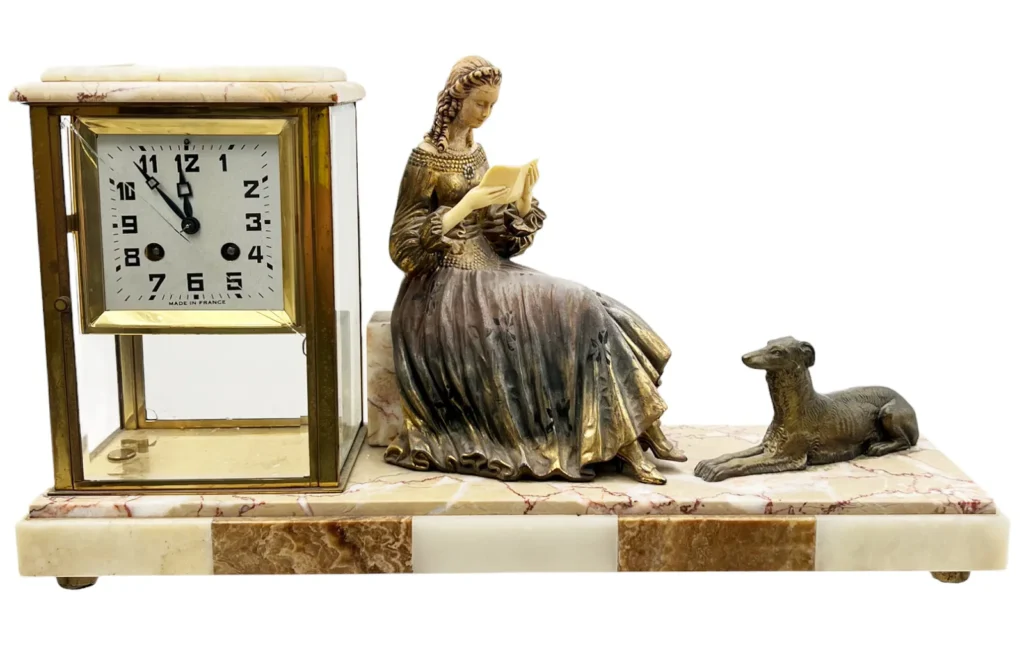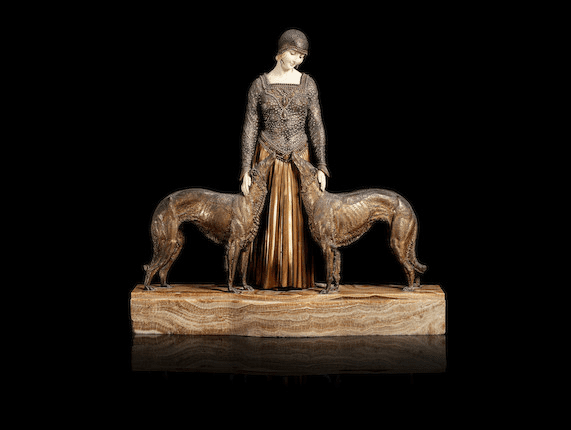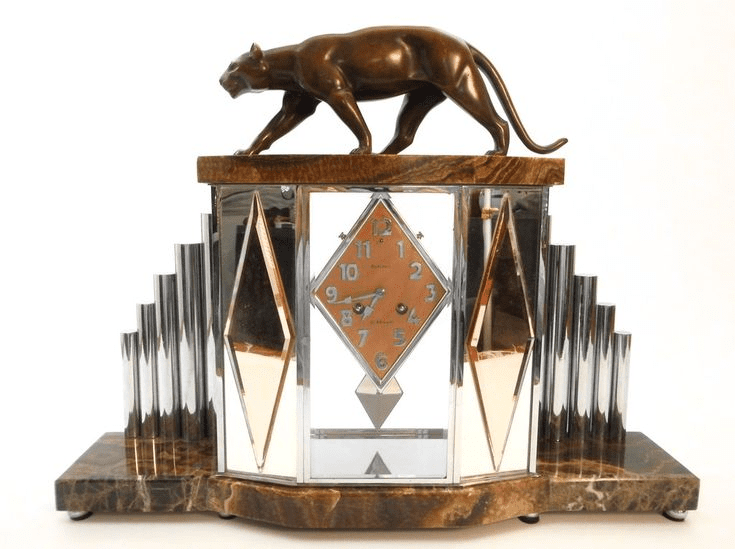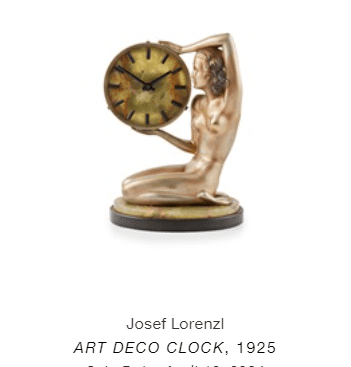Art Deco Clocks: Timeless Elegance in the Modern Age
The Art Deco style, with its bold geometric patterns, sleek lines, and luxurious materials, has long captivated the hearts and minds of design enthusiasts. This distinctive aesthetic, which emerged in the early 20th century, continues to inspire and influence contemporary design, particularly in the antique Art Deco clock.
These stunning art deco clocks, also used on the desk or nightstand, seamlessly blend function and form, serving as both practical tools and captivating works of art. The clean, angular shapes and rich, metallic finishes of Art Deco clocks evoke a sense of sophistication and timelessness, making them a sought-after addition to any space, whether it be a modern office or a stately living room.
As we navigate the ever-evolving landscape of design, the enduring influence of the Art Deco style, as exemplified by these captivating Art Deco mantel clocks, reminds us of the power of timeless elegance and the enduring beauty of thoughtful, well-executed design.
Art Deco Clocks of Japy Frères, Samual Marti, and Junghans
The early to mid-20th century saw the rise of the captivating Art Deco design movement, which left an indelible mark on the world of horology and the design of Art Deco clocks. Three esteemed European clockmaking companies – Japy Frères, Samual Marti, and The Junghans Company – were at the forefront of this stylistic revolution, creating timepieces that seamlessly blended form and function.

Japy Frères, a French manufacturer with a rich heritage dating back to the 18th century, embraced the sleek, geometric aesthetics of the antique Art Deco style in their clocks. Their designs showcased clean lines, bold shapes, and a harmonious balance of materials, from polished chrome to rich, dark woods. These art deco clocks became symbols of modern elegance, gracing the homes and offices of discerning clientele.

Similarly, the Swiss firm Samual Marti crafted Art Deco vintage clocks, that captured the era’s fascination with technological progress and industrial design, as the one here with Seagulls. Their clocks often featured striking, angular forms and sophisticated use of metals, creating a sense of dynamic movement and visual interest.

Across the border in Germany, The Junghans Company, see the clock on the right, emerged as another leading purveyor of Art Deco-inspired timepieces. Junghans’ clocks exemplified the movement’s emphasis on streamlined silhouettes and a harmonious interplay of geometric shapes, seamlessly blending traditional craftsmanship with a forward-thinking, modernist sensibility. They also developed the Bauhaus style of Art Deco Clocks. The Bauhaus style typically features a geometric and minimalist approach originating in Germany.
These three esteemed clockmaking houses, through their Art Deco creations, not only left an indelible mark on the history of design but also continue to captivate collectors and enthusiasts to this day, serving as a testament to the enduring allure of this iconic aesthetic.
Art Deco Clocks And The Sculptors
Joseph Lorenzl, Demitri Chiparus, a/k/a Lullier, and Michel Decoux are all well-known sculptors of the Deco period, and known for their intricate and detailed Art Deco sculptures, many of which are seen on top of the finest Art Deco Clocks. Their work often featured geometric shapes, elegant figures, and intricate detailing, capturing the essence of the Art Deco style from the 1920s and 1930s. These artists were instrumental in defining the aesthetic and artistic direction of the Art Deco movement and continue to be highly regarded in the world of sculpture and design.
Josef Lorenzl
Josef Lorenzl (1892-1950) was an Austrian sculptor and ceramic artist known for his elegant Art Deco sculptures. He was known for his stylized figures of dancers, nudes, and animals, as well as his intricate porcelain and bronze works. Lorenzl’s sculptures are highly sought after by collectors and are considered among the finest examples of Art Deco art.
Demitri Chiparus

Demitri Chiparus, a/k/a Lullier and a few other aliases was a Romanian Art Deco sculptor who was known for his bronze and ivory sculptures depicting dancers and exotic figures. He was born in 1886 in Romania and trained at the Ecole des Beaux-Arts in Paris. Chiparus’s work was distinctive for its intricate detail and vibrant colors, and he was highly sought after during the Art Deco period in the 1920s and 1930s. Today, his sculptures are highly collectible and are considered important examples of Art Deco artwork. Chiparus passed away in 1947, but his work continues to be admired and appreciated by art enthusiasts around the world. Many of the finest antique Art Deco Mantel clocks feature his works.
Michel Decoux

Michel Decoux is a Belgian Sculpture, (1837-1924) and is noted for his animal sculptures, particularly panthers, dogs, seagulls, and fawns. Decoux’s work is characterized by a remarkable attention to detail, a deep understanding of animal anatomy, and a profound appreciation for the beauty and grace of the natural world.
Among the many subjects that Decoux chose to depict in his sculptures, his panther sculptures stand out as some of his most celebrated works. These sculptures capture the raw power, agility, and elegance of the panther, a creature that has long been a symbol of strength and beauty.



